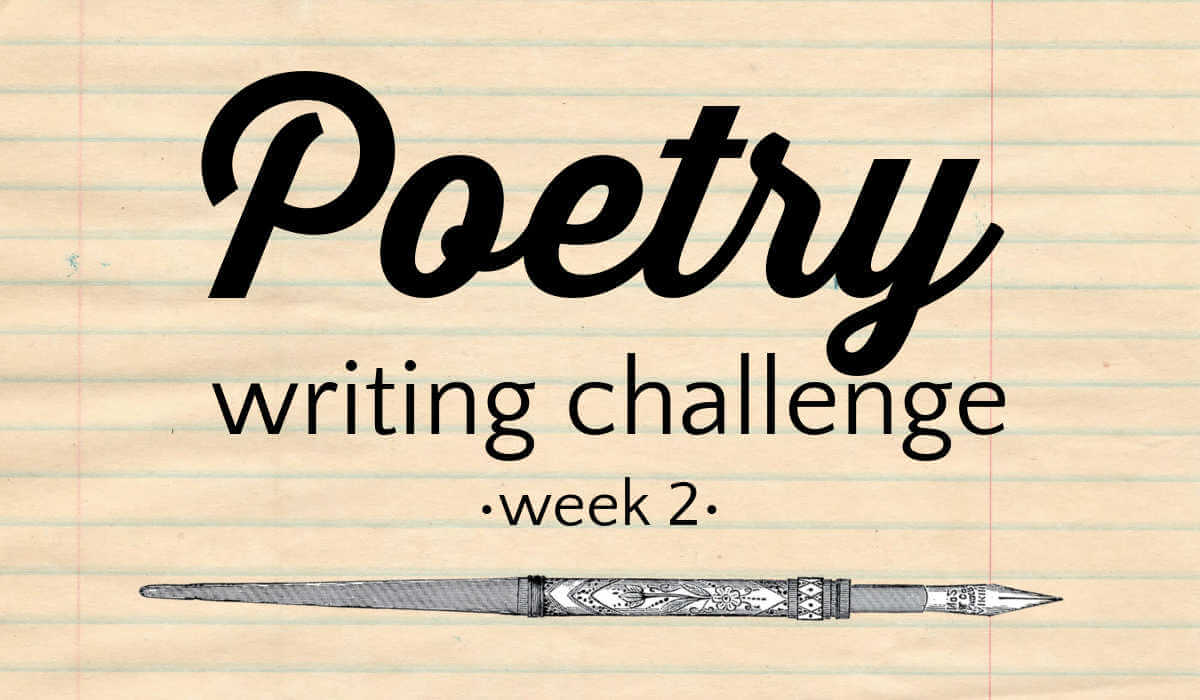Welcome to week 2 of the Poetry Writing Challenge for kids. This challenge is designed to introduce simple concepts about poetry composition to kids of all ages and their families.
Although you can jump in anytime, be sure to read the instructions in the post about week 1 here.

Last week's poetry writing challenge introduced similes. True to the spirit of the challenge, we stayed casual. One evening around the dinner table we made up similes about our day. Then, the kids turned them into songs! Let me tell you, my youngest was ecstatic about singing a song about himself!
MORE: If you prefer a poetry reading challenge, or wish to double down on poetry awesomeness, you can find the entire reading challenge from last year in this post.
This week's poetry writing concept is alliteration.
Poetry Writing Exercise #1
Write a sentence using alliteration.
What is alliteration? Alliteration is when closely connected words begin with the same letter or sound. Read the following examples:
The fair breeze blew, the white foam flew,
The furrow followed free;
- Samuel Taylor Coleridge, “The Rime of the Ancient Mariner”
And one your kids may already know:
Luke’s duck likes lakes. Luke Luck licks lakes. Luke’s duck licks lakes. Duck takes licks in lakes Luke Luck likes. Luke Luck takes licks in lakes duck likes.
- Dr. Seuss, Fox in Socks
Extension Activities:
- Remember, you don't have to do any physical writing. Alliteration is a great oral exercise and even toddlers and preschoolers can get involved.
- Read or recite nursery rhymes and look for alliteration.
- Read a few favorite rhyming books and have the kids point out alliteration examples. Once kids start looking they will be amazed at how often it is used!
- Walk around the house or the neighborhood and describe objects using alliteration. "Big building." "Green grass." "Peculiar pet shop." Challenge older kids to come up with more elaborate phrases.
- Try out these tongue twisters, including the most difficult tongue twister as determined by MIT! Print out our lunch bag note tongue twisters and send them into school with your kids each day during the week.
Poetry Writing Exercise #2
Write a 5 senses color poem.
Choose a favorite color and write one line for each of the five senses. For example:
Yellow looks like sunshine.
Yellow smells like ripe bananas.
Yellow tastes like lemon drops.
Yellow feels like fuzzy chicks.
Yellow sounds like crunching corn.
Extension Activities:
- Illustrate your color poem.
- Try creating descriptive lines using alliteration. For example, "Yellow tastes like luscious lemon drops lazily melting in my mouth."
- Memorize the poem and recite it.



Leave a Reply